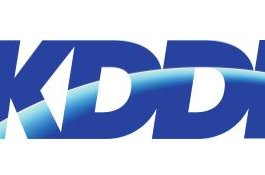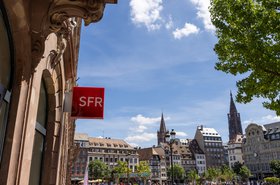O2 Telefónica Germany has partnered with technology company Siemens to offer network slicing services for water utilities and wastewater treatment companies in Germany.
The carrier announced that the technology will advance the networking of the water industry via customized 5G mobile networks.
According to O2, the solution will be marketed by Siemens to thousands of water and wastewater utilities in Germany.
Dubbed "5G Slice for the Water Industry," the solution allows water utility firms to monitor and control their entire system of automation technology over a virtual 5G network using 5G network slicing technology.
This will enable the networks to deliver defined Quality of Service (QoS) for automation applications, which O2 notes is "critical for processes like pressure control, flow measurement, and automated emergency response at water utilities' mostly distributed sites."
Network slicing allows telecom operators to create separate and isolated networks within their wider 5G network, and each slice can be configured differently.
The slices are regionally limited and optimized for individual use cases in terms of their speed, response time, and security.
Siemens provided its 5G routers, while 5G slices were provided via O2's 5G mobile network.
The technology is being tested by a water utility in the state of North Rhine-Westphalia, Germany. O2 notes that the technology will make it easier for water companies to monitor their infrastructure and should be more cost-efficient.
"Siemens is the ideal partner for the practical application of 5G network slicing. For the first time, this technology is driving industrial applications via mobile communications with defined performance parameters," said Alfons Lösing, chief partner and wholesale officer of O2 Telefónica.
"Our jointly developed solution marks the breakthrough for 5G network slicing in critical, distributed industrial applications in Germany."
"The combination of Siemens hardware and 5G network slicing delivers the necessary quality, reliability, and security for demanding automation applications,” added Axel Lorenz, CEO, process automation at Siemens.







